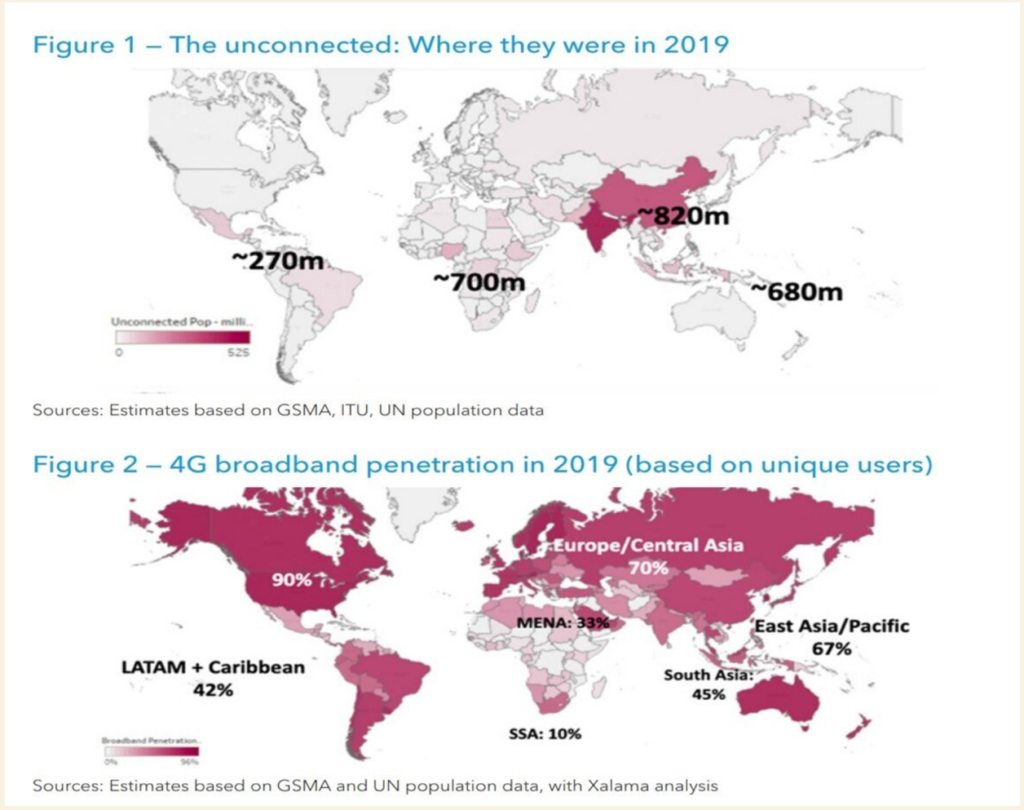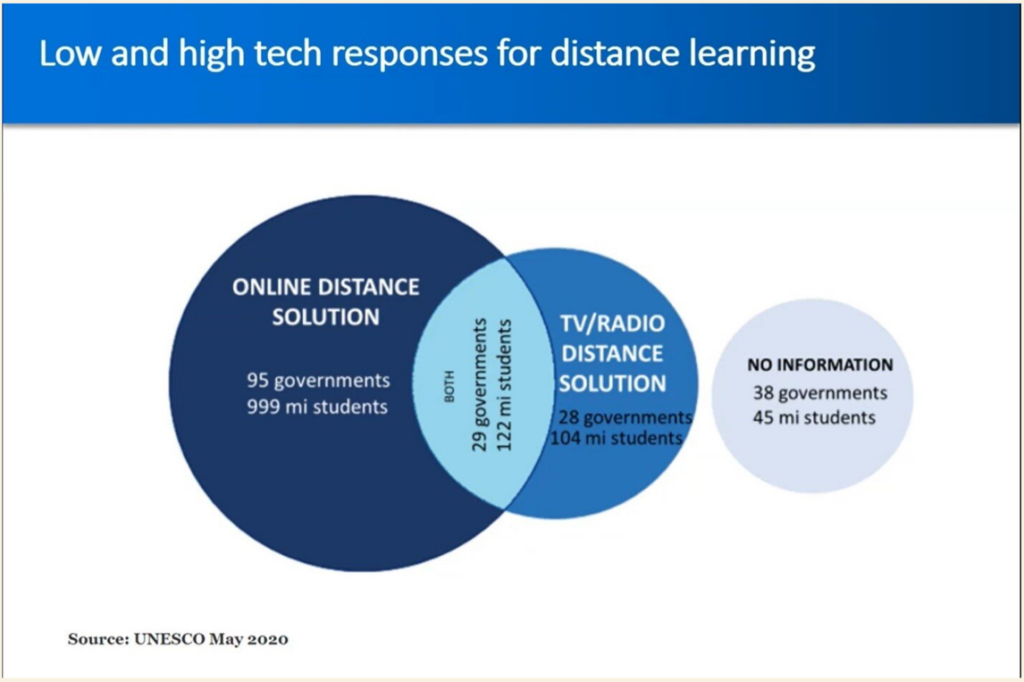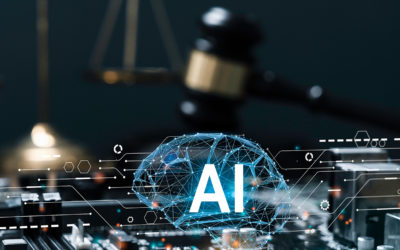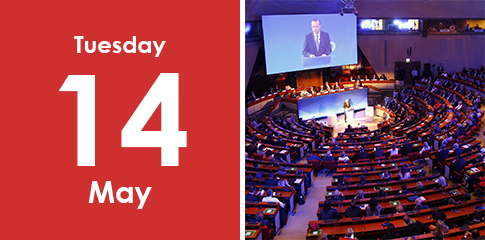Summary blog for the inaugural 2030 Digital Fasttrack Studio
Digital divide: what is it?
“Digital divide” is a term that the ongoing coronavirus pandemic has made famous. The digital divide refers to local and global disparities in accessing the Internet, technologies, and information and communication resources. According to the UN International Telecommunications Agency (ITU), about half the world’s people access and use the Internet. The other half do not.
Many of the unconnected live in the least developed countries, landlocked developing countries, and small island developing states. Globally, over 1 billion new internet users have been added over the last 4 years, however, substantial digital divides persist between more and less connected countries, communities, and people.
In Connecting Humanity, a 2020 study overseen by the ITU’s Development Sector, it is estimated that about US$ 428 billion is needed to achieve universal access to broadband connectivity across the world by 2030. This is also the timeline set to achieve the Sustainable Development Goals (SDGs).

Digital Transformation and SDGs
Mindful of this overarching context, the 2030 Digital Fasttrack Studio is an initiative co-convened by the Microsoft UN Affairs team in Geneva, the IHEID’s Centre for Trade and Economic Integration, and the UNESCO Geneva Liaison Office. The initiative serves as a policy engagement forum for stakeholders to identify opportunities for digital transformations and policies to fast-track progress on the Sustainable Development Goals.
In October 2020, the partners launched the initiative with the first official studio in the series. The virtual session focused on SDG4, which aims to ensure inclusive and equitable quality education and promote lifelong learning opportunities for all. Three panelists were invited to discuss three dimensions of the digital divide:
1. What does it take to eliminate that digital divide in the education space?
2. If we consider education as a public good, what does it mean for the different stakeholders?
3. What does it take for teachers and students to make the best use of technology?
The panelists were Michela Pagano, Associate Project Officer for Technology and AI in Education at UNESCO; Mark East, Education Regional Business Leader – Europe, Middle East, and Africa, Microsoft Corporation; and Professor Thabo Msibi, Dean, School of Education, University of Kwa Zulu Natal, South Africa.
Thabo Msibi, University Dean, South Africa
“Inequality and context matter in this debate,” said Professor Msibi who started the discussion. “For the majority of young people in the developing world, access to digital technology remains a pipeline dream. Many do not even have basic electricity, a desk, or even a shoe to wear to school. Privilege and location matters.” He reminded us that 1.2 billion children could not access any form of schooling during the coronavirus pandemic lockdown, according to UNICEF estimates. For those who could access the Internet, many were affected by unreliable connections, a lack of support, and disturbances in their environment – sometimes with 8 families, including babies, living in one shack. Poor students who had laptops and data still had to find a hill from where they could access the Internet. Teachers in developing countries did not have the same digital skills and privileges, on average, compared with teachers in developing countries.
Turning to solutions he pointed out “technology must be centered on the question of inequality and societal context to achieve impact at the local level”. Education must not be commodified at the exclusion of those who need it the most, he advised. “We must have advancement and training on digital pedagogies and instruction design.”
Michela Pagano, UNESCO
Ms. Pagano went on to highlight the disruptions the coronavirus pandemic caused to the education landscape worldwide. According to UNESCO estimates, about 1.6 billion learners were affected by the shutdowns as of 1 April 2020. “Countries worldwide adopted a variety of strategies from low to high-tech solutions. Some countries adopted a mix of solutions.”

Ms. Pagano confirmed that having technology and connectivity readiness was one of the key factors that made countries fare better in the pandemic, as well as factors such as teacher readiness and pedagogical home learning support. Turning to solutions, she mentioned digital technology can play a role in continuous professional development. This has particular implications for hundreds of thousands of teachers across Africa and is crucial to achieve SDG4.
Mark East, Microsoft
Finally, Mark East presented some of the key factors that influence the digital divide. More well-known are the technology costs, broadband connectivity, government policy, and digital literacy. Less known factors that also affect the digital divide are accessibility issues, gender disparities, and donor coordination factors. Concerning accessibility, over 1 billion people in the world have a temporary or permanent disability and technology solutions must consider them – from the design stage. On the gender front, while 58% of men in the world have access to the Internet, only 48% of women have the same access.
Given the renewed urgency to address the digital divide, he noted that donor coordination will be essential to avoid duplication of efforts. This was supported by a case study of a donor-recipient country in Africa, where it was possible to connect every school in the country to the Internet for US$ 25 million. Whereas US$ 100 million was being pledged by donors to the country’s early-childhood numeracy and literacy needs before the pandemic.
Moving to costs, he reminded us that “today you can get a notebook computer for US$ 200-250. Two years ago, it was almost double that price. In the 1980s, the Commodore PET and the Apple 2 computer were almost US$ 5,000”. Technology continues to increase in power and reduce in price. However, we must collectively work to avoid a new dimension of the digital divide where some students have a computer with keyboards and cameras – so they can create content – while others are given a small tablet device where they can only consume content.
He went on to place a special spotlight on the usage gap, which is four times greater than the coverage gap, and similarly, a spotlight on the exorbitant cost of data in middle and low-income countries, which is remarkably higher than the cost of data in the developed countries. Governments need to develop strategies to drive those costs down, Mark recommended. These strategies will benefit from reducing infrastructure setup costs and having telecommunication companies to harmonize on lower prices, granted they can be sure of widespread data consumption. “It is an economic decision and can be influenced by governments.”
Finally, he turned to TV White Space (TVWS), a solution Microsoft has been working on to help bridge the digital divide. TVWS enables network operators to deploy cost-effective, affordable internet in underserved communities, including in hard to reach areas.
Panelists in the first 2030 Digital Fasttrack Studio challenged all participants to consider nuanced aspects of the digital divide which affects education. The message from panelists to all concerned stakeholders is to take into account a set of policy considerations, learn from data insights to achieve readiness, and adopt digital technology solutions to help to narrow the digital divide that teachers and students face around the world.
Daniel Akinmade Emejulu
Program Manager, UN Affairs, Microsoft









0 Comments